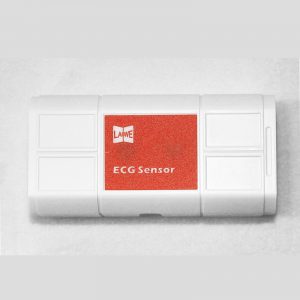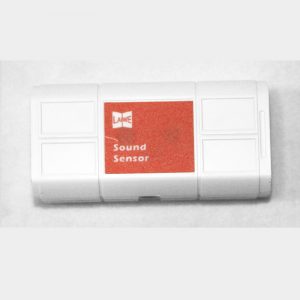
Laboratory Stand “Training Vehicle with Built-in Fault Simulator” (Copy)
July 30, 2025
Wireless magnetic field sensor
August 1, 2025Wireless force sensor
Range: -50N to +50N
Resolution: 0.01N
I. Working Principle
The wireless force sensor utilizes resistive strain gauge technology. The sensor forms a beam structure. When force is applied, the beam bends, causing deformation of the resistive strain gauges, which in turn alters their resistance. This change in resistance modifies the output voltage of the bridge circuit composed of the strain gauges. The resulting signal is extremely weak and must be amplified and processed to obtain the final desired output signal.
II. Specifications
Range: -50N to +50N
Resolution: 0.01N
III. Structure and Features
1. Equipped with a 1.8-inch color LCD screen.
2. Configured with five functional buttons for simple and convenient operation.
3. Supports high-speed USB data transfer for rapid communication with data acquisition devices.
4. Enables wireless communication with experimental terminals.
5. Includes a built-in high-capacity removable battery.
6. Fitted with a snap-on sensor interface for compatibility with standard sensors in combined experiments.
7. Designed with mounting holes for secure attachment to iron stands for integration with traditional equipment.
8. Compatible with common operating systems such as iOS, Android, and Windows.
IV. Typical Applications
This is a versatile force sensor that can be easily operated manually via finger holes or mounted on accessories like mechanical carts for experimental measurements. It is suitable for experiments involving Newton’s Second and Third Laws, Hooke’s Law, overweight and weightlessness laws, momentum theorem, and Ampere force measurements.
V. Note
This product is intended solely for educational use and is not suitable for industrial, medical, research, or commercial applications.
VI. Usage Tips
1. Capable of measuring both tension (positive readings) and compression (negative readings) as defined by the software.
2. During measurement, ensure the force direction is perpendicular to the sensor’s end surface. Tilting the force direction (e.g., pulling or pressing at an angle) may lead to inaccurate results.
3. Before use, perform a software zero calibration. Avoid exceeding the specified range during operation, and prevent prolonged force application after use to protect the instrument.
4. Due to the slight inherent weight of the sensor hook, readings may differ when the hook is oriented upward or downward. Therefore, always zero the sensor via software before use.





Reviews
There are no reviews yet.